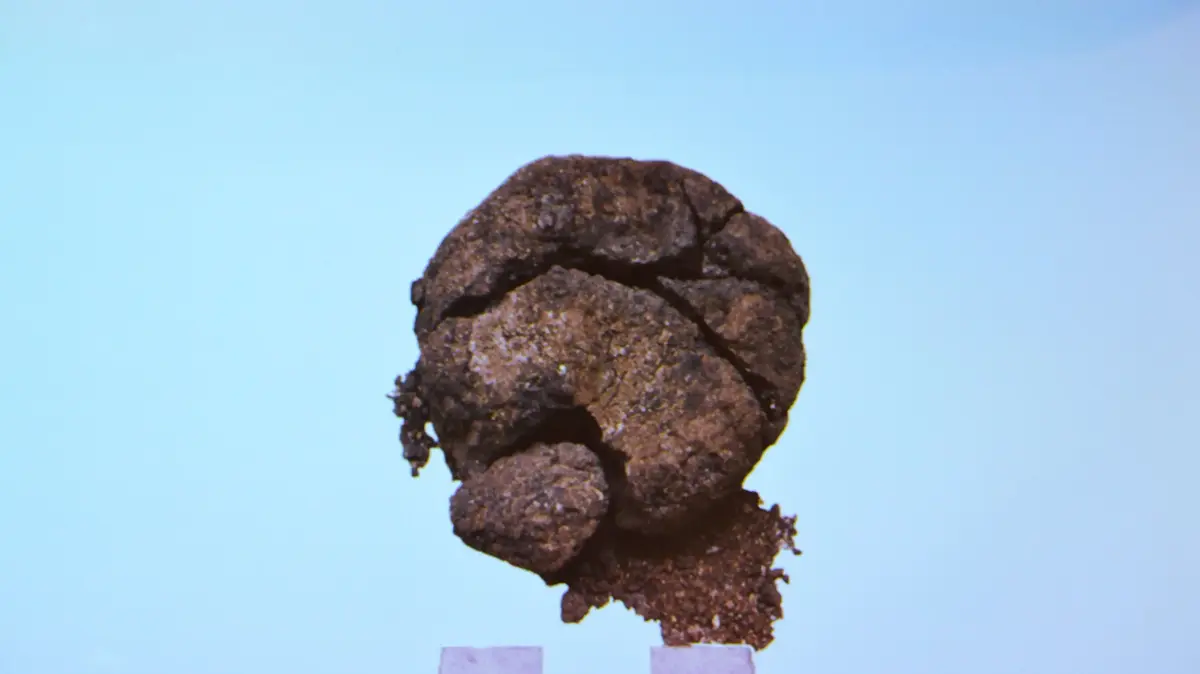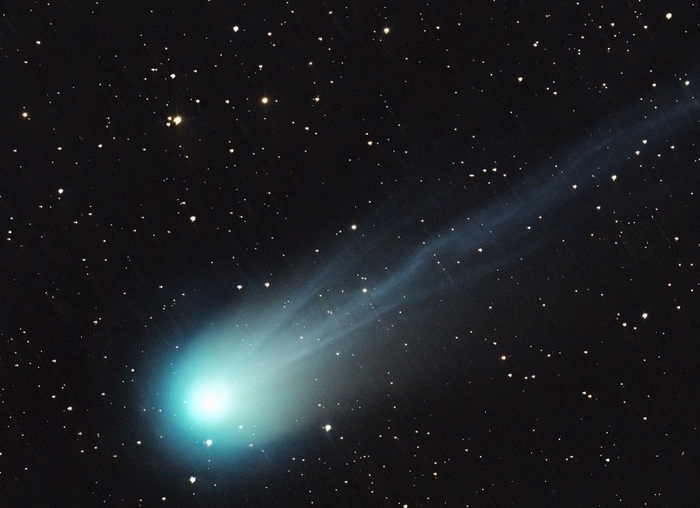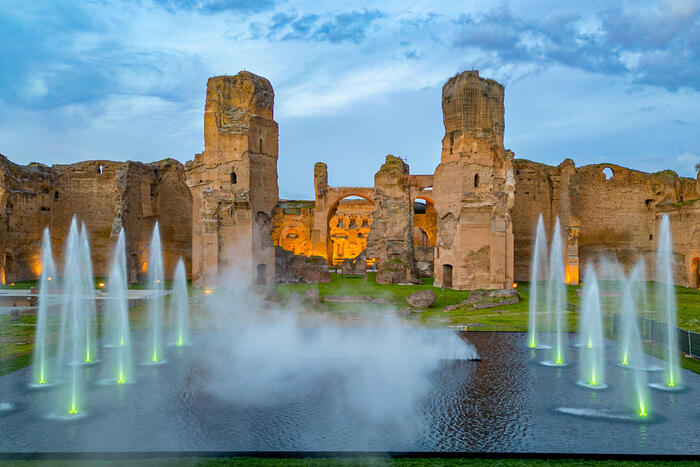China News Agency, Xi'an, December 19th, title: "Dust-covered" for three thousand years, what kind of cultural context is buried in the ancient country?
——Interview with Sun Bingjun, Captain of the Hancheng Archaeological Team of Shaanxi Provincial Institute of Archeology
China News Agency reporter Bian Feng Alina
According to "Historical Records Zhou Benji", during the period of King Wen of Zhou, the people of Yu State and Rui State had a dispute over the field boundary and could not resolve it, so they went to Zhou State to ask Xibo to judge.
After entering the state of Zhou, I found that the Zhou people who farmed the fields gave way to each other, and even had the habit of giving way to the elders.
Therefore, before seeing Xibo, the people of Yu and Rui felt ashamed, and they all said: "What I am fighting for, the people of Zhou are ashamed of, what should I do, I will only humiliate my ears." So they returned to their countries and gave up their fields.
The historical story of "Yu Rui Rangpan" has been passed down to this day, but there are not many records about the ancient Rui country in history books.
Since the 21st century, archaeologists have successively discovered the ruins of the Kingdom of Rui in Liangdai Village, Hancheng, and Liujiawa, Chengcheng, Shaanxi Province, and unearthed a large number of exquisite cultural relics, gradually unveiling its mysterious "veil" that had been covered in dust for thousands of years.
Unearthed cultural relics such as gold sheathed jade sword, gold-inlaid jade 韘 (韘: shè, meaning the finger worn on the hand during archery in ancient times), gold scepter head, the world's earliest artificially synthesized white lead, and China's earliest male cosmetics are on display. What kind of life interest of Rui people, and how to tell the cultural exchange more than 3000 years ago?
Sun Bingjun, leader of the Hancheng Archaeological Team of the Shaanxi Provincial Institute of Archaeology, recently accepted an exclusive interview with China News Agency "Dongxiwen" to explain this.
The interview transcript is summarized as follows:
Reporter from China News Agency: The two archaeological discoveries in Ruiguo have been selected as one of the top ten new archaeological discoveries in the country. Why is Rui State so mysterious and important, and what kind of Rui State will be discovered through archaeology?
Sun Bingjun:
At the end of the Shang Dynasty, there were 800 vassals. In the early years of the Western Zhou Dynasty, 71 vassal states were enfeoffed, and the surnamed Ji occupied 53. So far, many of them have only heard their names but not their "traces".
The Rui state was first seen in historical records during the period of King Wen of Zhou. It was of the same origin as the Zhou royal family, and was later destroyed by Qin Mugong. It existed for about 400 years.
Through archaeological excavations, we discovered the tombs of rulers of the Five Dynasties of Rui State at the site of Liangdai Village, and the tombs of two generations of monarchs and their wives at the site of Liujiawa.
A large number of unearthed inscriptions confirmed the age of the Liujiawa site and the Jieliangdai village site, which basically clarified the hereditary history of the 200 years after Rui State (approximately 840 BC to 640 BC).
The tombs of the Liangdai village site are well preserved, especially the tombs of Duke Rui Huan and his two wives, where many valuable cultural relics have been unearthed.
The current archaeological work has also clarified the basic appearance of the Liujiawa site. It consists of four parts: the palace area, the civilian area, the storage area, and the cemetery. A large number of bronzes, golds, jades, and lacquered woods have been unearthed.
Liujiawa has unearthed many cultural relics that are in the same line as Liangdai Village and have the same style, which further confirms the connection between the two sites.
The excavation site of Liangdai Village in 2007.
Photo by Lie Wei
Through the archaeological work of these two ruins, the history of the last 200 years of Rui State has been basically clarified, but the location of the ruins of the first 200 years and the cultural outlook are still waiting for new archaeological discoveries.
The archaeological research of Rui State will help us understand the appearance of the vassal states under the two-week enfeoffment system, and have a further understanding of the exchanges between the Central Plains culture and foreign cultures during the two-week period.
The Liujiawa excavation site in 2017.
Photo by Zhong Xin
Reporter from China News Agency: A large number of jade articles were found in the two sites, with a large time span, various types, and exquisite craftsmanship. What kind of etiquette culture do these jade articles reflect the ancients?
Sun Bingjun:
"A gentleman has no reason, and jade does not go away." Chinese jade culture is extensive and profound, with a long history, and has gradually integrated into politics, culture, morality, beliefs and other aspects.
The Chinese people's emphasis on and love for jade is well reflected in the cultural relics unearthed from the Liangdai Village site and the Liujiawa site.
Video: [Dongxiq] What kind of etiquette culture does the ancients reflect by wearing jade?
Source: China News Network
The time span of the jade unearthed at these two sites is from the Neolithic Age to the Spring and Autumn Period, and there are many types. In addition to the jade Ge, Jade Bi, and Jade Cong, which symbolize status and status and reflect the etiquette system of the Zhou Dynasty, there are many other ceremonial objects that match the status and represent other cultures. Aesthetic ornaments, etc., show the fashion and luxury of the aristocratic class in Rui State.
Many pieces of jade were unearthed from the Ruihuan Cemetery, most of which were ritual vessels, as well as necklaces and small pendants.
A gold-sheathed jade sword unearthed is particularly exquisite. The restored jade sword can be inserted into the scabbard. A complete sword with a combination of gold and jade is quite rare in two weeks, which is enough to show the noble status of the tomb owner.
The gold-inlaid jade unearthed from the tomb is also exquisite in shape. The main body of the jade is made of white jade, with a golden eagle head inlaid.
According to the material, the jade is not practical, it should be adornment, which also reflects the status of the owner of the tomb.
The large number of jade wares buried in the tomb of Rui Jiang, the wife of Duke Huan of Rui, are well-preserved and clearly located, and there are more ornaments than ritual wares.
Among them, the most complicated two-week jade handle, the jade pendant of the seven Huanglian bead group, and the jade pendant of the trapezoidal plate group, which are the most complicated to date, have been unearthed. These objects are composed of jade, agate, turquoise, etc.
At the same time, jade plaques, jade silkworms, jade standing people, jade tigers, etc. were also found. These should be the objects that the owner of the tomb loved during his lifetime, and also showed the aesthetic taste of the ancients in jade.
In Rui Jiang's tomb, broken jades were also found in boxes (the wooden boxes were decayed). ", also treasured by the owner.
These pieces of jade were brought into the tomb after death, which shows that the owner cherishes them very much.
How many jade wares were unearthed in the large and medium-sized tombs at Ruiguo Site, and many early jade wares were found among them, and some jade wares were remade from early jade wares. It can be seen that jade was still very precious and rare at that time. In addition to the rewards from the Zhou royal family, many of them were handed down from the collections of the tomb owner's family and searched by the tomb owner himself, which is enough to show the ancient people's love and importance for jade.
Video: [Dongxiwen] What kind of aesthetic appeal does the cosmetics unearthed from Ruiguo Ruins show?
Source: China News Network
China News Agency reporter: Both the Liujiawa site and the Liangdai village site unearthed cultural relics such as cosmetics, musical instruments, and ritual vessels. How do these reflect the life interests of the ancients?
Sun Bingjun:
The use of cosmetics was not uncommon in ancient times. There are documented records and archaeological remains of cosmetics in ancient Egypt and ancient Greece.
Some yellowish-white residues were found in a tomb of a male aristocrat in the Spring and Autumn Period at the Ruiguo site in Liujiawa. After analysis, it was found that tallow (fat) was used as the base, and some inorganic minerals were added as the formula (material) ), which is the earliest facial cream found in China, and also the earliest male cosmetics found in China.
In the tomb of Rui Jiang in Liangdai Village, we found the white residue in the miniature copper container. According to the analysis of experts, the white remains are the earliest artificial lead white in the world so far, which is earlier than the earliest physical evidence in the West. Two or three hundred years.
It is worth mentioning that a bronze vessel similar to that of Rui Jiang’s tomb was found in a late Western Zhou Dynasty female aristocratic tomb at the ruins of Rui State in Liangdai Village, and there were similar white residues in it. Whether it is artificial lead white cosmetics needs further research and development. Identification.
Remains samples of artificially synthesized lead-white cosmetics unearthed from the site of Liangdai Village in Shaanxi Province for research.
Photo by Sun Zifa
Cosmetics of different types were found in the two ruins of Rui State. The users were not only female but also male, and they all had a certain social class. Whitening”, and cosmetics can be purposefully manufactured through artificial synthesis, and “beauty” can be achieved through cosmetics.
The Zhou Gong system of rites and music created a system of ritual vessels for sacrifices, banquets, funerals and other ceremonies, which can "distinguish the superior and the inferior, and distinguish the superior and inferior", and subtly regulate people's behavior.
Groups of bronze chime bells and stone chimes were unearthed from the two sites, and they are "full of five tones".
In addition, Liujiawa also discovered a five-piece nine-button chime bell assembly method, and several large-scale tombs were equipped with many pieces of Jiangu, bronze gongs, etc., which also showed that the nobles of Rui State had a preference for music and pursuit of life.
Bronze chimes.
Photo by Pan Xulin
Reporter from China News Agency: Rui State is located between Zhou and Rong. What exotic cultural relics have been unearthed from the Liangdai Village and Liujiawa Sites? What kind of cultural exchange picture does it show?
Sun Bingjun: The Liangdai
Village site and the Liujiawa site are important passages connecting the north with Guanzhong and the Central Plains, the traffic hubs between Zong Zhou and the Jin Dynasty, and the key areas where the Qin and the Three Jins competed.
In the Western Zhou Dynasty, it belonged to the Wangji area close to the northern border of the dynasty, and it was the place where the dynasty managed.
During the Eastern Zhou Dynasty, it was at the forefront of ethnic integration and cultural exchange between Zhou and Rong, at the turn of Qin and Jin Dynasties.
Gold scepters, golden tigers, spiral gold earrings, gold bracelets and other gold objects were found in the two sites, which are full of strong cultural atmosphere of the northern grasslands.
For example, in a monarch-level tomb at the Liujiawa site, a bronze scepter with a gold head and a length of about 1.4 meters was unearthed. The wooden stick body has been carbonized and disappeared, only a few centimeters of wood core remains on the copper 鐏 at the tail.
Gold artifacts unearthed in Liujiawa.
Photo by Zhong Xin
The stick is not only a living utensil, but also a decoration symbolizing identity and status. It is found in Central Asia and West Asia, and has a long history.
Scepters can still be seen in some European countries.
There are few scepters in the Central Plains culture, but the panchi pattern is a typical decoration of the Central Plains culture. The discovery of the gold-headed copper scepter further confirmed the cultural exchanges and integration at that time.
A bronze scepter with a gold head and a bronze head about 1.4 meters long.
Photo by Pan Xulin
In addition, spiral-shaped gold earrings, gold bracelets and other ornaments were unearthed from some medium-sized tombs at the site. The craftsmanship and shape of these gold ornaments are obviously similar to those of the northern grassland culture. The sheet-shaped golden tiger is also a typical grassland cultural artifact.
The excavation of these cultural relics also shows that there were extensive exchanges with the northern Rong people and other ethnic groups, showing us the true picture of cultural integration at that time.
(Finish)
Respondent profile:
Sun Bingjun, the leader of the Hancheng Archaeological Team of the Shaanxi Provincial Institute of Archaeology, has been engaged in archaeological excavation and research for a long time. Zhou Datomb and other archaeological excavations.


/cloudfront-eu-central-1.images.arcpublishing.com/prisa/2P2FATFESJDD5BB6NR7VLSJ7QY.jpg)









/cloudfront-eu-central-1.images.arcpublishing.com/prisa/KMEYMJKESBAZBE4MRBAM4TGHIQ.jpg)


